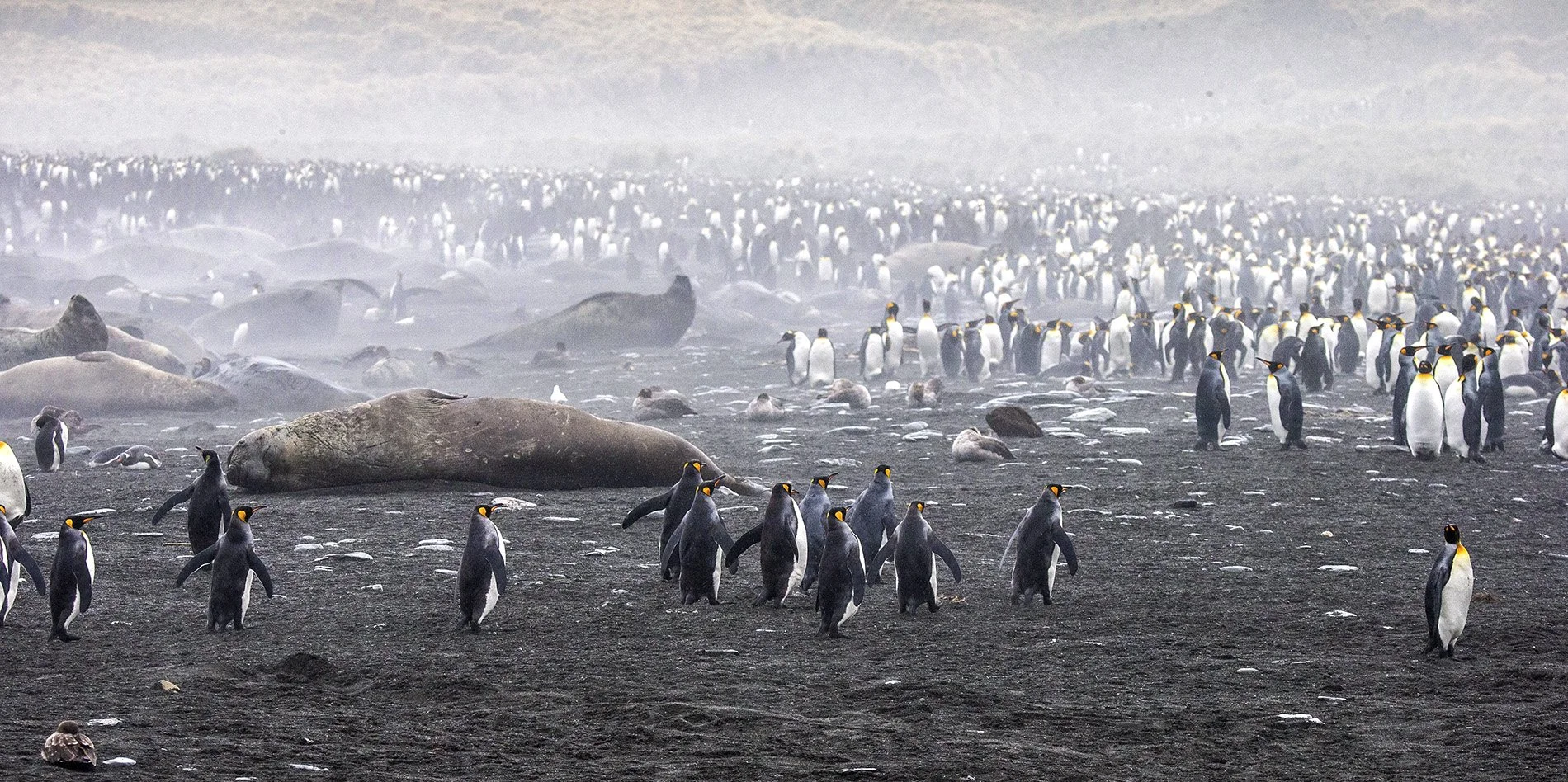Wildlife in Antarctica: A Journey Through Nature’s Frozen Frontier
Wildlife in Antarctica: Exploring Nature’s Frozen Frontier
Antarctica—our planet’s southernmost continent—is often imagined as an endless expanse of snow and ice, a place where only the hardiest could survive. But for those lucky enough to visit, a very different picture emerges. Hidden beneath its icy surface and windswept plains lies a surprisingly rich and vibrant world, teeming with life specially adapted to this remote and extreme environment. Experiencing the wildlife of Antarctica firsthand is unforgettable—a rare glimpse into one of Earth’s last truly wild places.
When to Go: The Magic of Austral Summer
If you’re thinking of making the journey, the best time to visit is during the austral summer, from November through March. This is when the continent "wakes up," with nearly 24 hours of daylight, somewhat milder temperatures (ranging from -2°C to 8°C / 28°F to 46°F), and access to parts of the coastline that are otherwise locked in ice. It’s also when wildlife activity is at its peak—penguins are nesting, seals are lounging on the shores, and whales are feeding in the nutrient-rich waters of the Southern Ocean.
Penguins: Antarctica’s Most Famous Locals
It’s impossible to think of Antarctica without picturing penguins. These birds steal the show with their quirky personalities and bustling colonies. Adélie penguins, decked out in their classic black-and-white “tuxedos,” are commonly seen along the coast. Chinstrap penguins make their home on the rocky islands, especially the South Shetlands, where they raise their young amid noisy colonies.
If you visit early in the season—November or December—you might get lucky and spot Emperor penguins, the largest and most iconic of all. These remarkable birds breed during the brutal Antarctic winter, enduring temperatures that plunge as low as -60°C (-76°F), huddling together for warmth and survival.
Seals: Quiet Kings of the Ice
Several species of seals thrive in these frigid waters, and spotting them is a highlight for many travelers. Weddell seals are often seen lounging on the ice, known for their deep diving skills and eerie vocalizations under the sea. Crabeater seals, despite their misleading name, primarily feed on krill—using specially adapted teeth to filter their tiny prey.
On the shores of South Georgia or along the Antarctic Peninsula, visitors may come across massive Elephant seals. The males, sometimes weighing up to 4,000 kg (8,800 lbs), are hard to miss—especially during breeding season, when they fight for dominance and the right to form harems.
Seabirds: Masters of the Wind
Above the frozen landscape, the skies are alive with seabirds—perhaps none more impressive than the Wandering albatross, with its breathtaking wingspan of up to 3.5 meters (11 feet). These birds can soar for hours without flapping, effortlessly riding the ocean winds. You’ll often see them trailing ships, gliding just above the waves.
Other seabirds like skuas, petrels, and cormorants (including the striking Blue-eyed shag) also patrol the skies and rocky outcrops. And on South Georgia, bird lovers might catch a glimpse of the tiny but charming South Georgia pipit, the southernmost songbird on the planet.
Whales: Giants of the Southern Ocean
Summer also brings the return of whales to Antarctic waters. Humpbacks, fins, and even the majestic blue whale travel from warmer seas to feed on swarms of krill. Watching these gentle giants breach or lobtail is a surreal experience against the backdrop of glaciers and towering icebergs.
Then there are orcas, the sleek, powerful predators of the Southern Ocean. Pods are frequently spotted near the Antarctic Peninsula, hunting or simply playing in the icy waters—one of the most thrilling sights for any wildlife enthusiast.
Weather and What to Expect
Despite being summer, the weather in Antarctica can still be unpredictable. Coastal regions hover just around freezing, while inland areas remain far colder. November and December bring more snow, ideal for photographers after clean, untouched landscapes. January and February are slightly warmer, making travel more comfortable, though storms and sharp winds can still roll in quickly—especially when crossing the infamous Drake Passage.
Still, the raw beauty of this place—the dramatic ice formations, the endless daylight, and the ever-changing light—makes the weather part of the adventure.
A Fragile Ecosystem Worth Protecting
As wild and remote as Antarctica feels, it’s not immune to the pressures of climate change. Rising temperatures and melting sea ice are already affecting the delicate food chain, particularly krill populations. Conservation efforts like the Antarctic Treaty and various international agreements play a crucial role in protecting the continent’s unique biodiversity.
Antarctica remains one of the last truly untouched corners of the world. Here, in the silence of the ice, life continues to thrive in astonishing ways. From curious penguins to breaching whales, every encounter feels like a privilege—a moment of awe in a place where nature reigns supreme. If you ever have the chance to go, take it. There’s nothing else like it.
